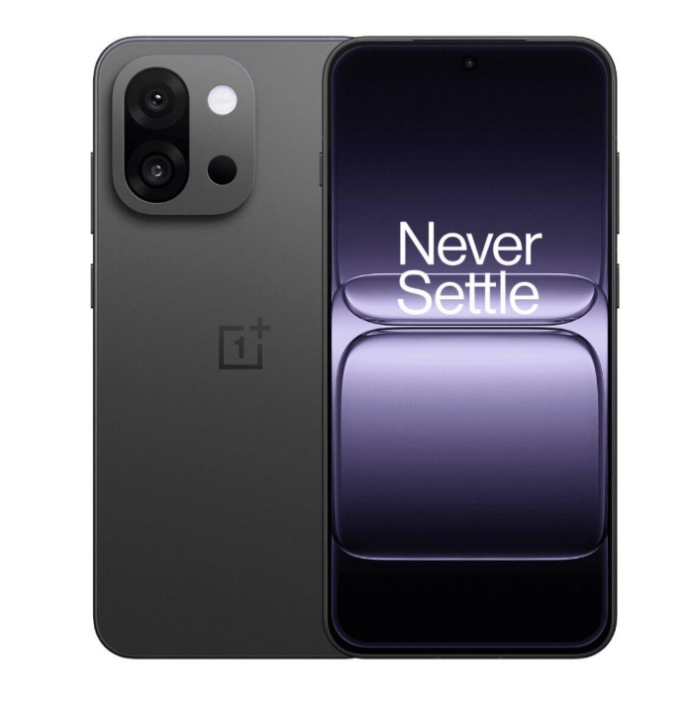OnePlus 13T and Oppo Find X8s+ represent two of the most compelling flagship-tier smartphones in 2025, each pushing boundaries in performance, display, and camera innovation. With both brands offering premium features at different price points, choosing between them isn’t just about specs, it’s about which device delivers better overall value and experience. This comparison highlights where each phone stands out and helps identify which one better fits specific user needs.
1. Design and Display

Build and Feel:
OnePlus 13T features a glass front and aluminum alloy frame, offering a lightweight yet premium hand-feel. It includes IP65 water resistance, sufficient for daily splashes but not for full immersion. In contrast, the Oppo Find X8s+ uses glass on both sides with an aluminum frame and is rated IP68/IP69, making it significantly more rugged and fully protected against water submersion and high-pressure jets. The Oppo feels more solid in the hand, although slightly heavier. For durability and environmental resistance, the Oppo has a clear edge.
Display Quality:
OnePlus 13T sports a 6.32-inch LTPO AMOLED with Dolby Vision, HDR10+, HDR Vivid, and an impressive 1600 nits peak brightness. The display is sharp, vibrant, and adaptable due to its LTPO tech. Oppo counters with a larger 6.59-inch AMOLED with the same high dynamic range features and brightness but without LTPO. Both panels reach a high pixel density and support 1B colors. The OnePlus display is slightly more advanced with LTPO for smoother refresh rate transitions and better efficiency.
Verdict:
Oppo wins on build quality and water resistance, making it more durable. However, OnePlus has the edge in display tech with LTPO, giving it an advantage in battery efficiency and user experience. Overall, OnePlus offers a better display while Oppo provides stronger build durability.
2. Specifications

Performance:
OnePlus 13T uses the Snapdragon 8 Elite chipset with custom Oryon V2 cores and Adreno 830 GPU, delivering flagship-level performance with strong thermal management. Oppo Find X8s+ packs the Dimensity 9400+, which is competitive with excellent CPU and GPU power (Immortalis-G925 MC12). However, Snapdragon 8 Elite generally leads in sustained performance, AI processing, and game optimization. Both phones support fast UFS 4.0 storage and up to 1TB configurations, but OnePlus takes the lead with slightly faster real-world speeds.
Battery and Charging:
OnePlus offers a 6260 mAh battery with 80W wired charging, 33W PPS, and limited reverse wired charging. Oppo counters with a 6000 mAh battery, also 80W wired, but includes 50W wireless charging and 10W reverse wireless—ideal for wireless users. Despite the smaller capacity, Oppo compensates with more flexible charging options. For power users who prefer wireless solutions, Oppo is more versatile.
Verdict:
OnePlus 13T offers superior raw performance and efficient power management. However, Oppo’s more comprehensive charging support, especially 50W wireless, makes it more adaptable. For speed and processing, OnePlus is better, but Oppo takes the win for charging convenience.
3. Camera

Main and Secondary Lenses:
OnePlus 13T includes a dual 50 MP setup with wide and 2x telephoto lenses, delivering clean shots with OIS and Dolby Vision video. Oppo adds a third lens: a 50 MP ultrawide and a periscope telephoto with 3x optical zoom and Hasselblad tuning. Oppo’s versatility stands out, covering all focal lengths and offering more shooting options. The periscope lens and ultrawide make it superior for photography enthusiasts.
Selfie Camera:
OnePlus comes with a 16 MP front camera capable of 1080p video. Oppo outclasses it with a 32 MP front shooter that supports autofocus and 4K video, delivering sharper, more detailed selfies. Video creators and selfie lovers will benefit more from Oppo’s front-facing setup.
Verdict:
Oppo Find X8s+ clearly leads in camera hardware, offering better zoom, an ultrawide option, and superior selfie capabilities. OnePlus is good for general use but lacks the flexibility and detail that Oppo provides in its imaging system.
4. Pricing

OnePlus 13T is priced at approximately $600, while the Oppo Find X8s+ comes in at about $750. The $150 price gap reflects Oppo’s more advanced camera system, higher IP rating, and wireless charging features. However, OnePlus still offers flagship-tier performance and a high-end display for significantly less.
Verdict:
For value seekers, the OnePlus 13T offers excellent specifications for the price. For users prioritizing camera versatility and wireless features, Oppo justifies the premium.
Disclaimer:
Prices are approximate and may vary based on country, region, and applicable taxes.
5. Conclusion

Both phones run Android 15 and support modern connectivity standards, including Wi-Fi 7, dual SIM, and Circle to Search. Unique to the Oppo Find X8s+ is its triple-camera Hasselblad system, 50W wireless charging, and IP69 ruggedization. The OnePlus 13T counters with a more efficient LTPO display and the powerful Snapdragon 8 Elite chip.
Verdict:
While Oppo excels in imaging and charging versatility, OnePlus delivers better performance and efficiency at a lower cost. For users seeking camera flexibility and durability, Oppo is the better choice. For performance-focused users prioritizing value, the OnePlus 13T stands out.
Read More:
- Vivo X200 Ultra vs iPhone 16 Pro Max: Can Vivo Outshine Apple in 2025?
- Oppo Find X8s+ vs Galaxy S25+: Will You Pick Oppo’s Innovation or Samsung’s Ecosystem?
- OnePlus 13T vs Xiaomi 15: Which Flagship Cuts Fewer Corners?
- OnePlus 13T vs Galaxy S25 Ultra: Value Flagship or Premium Powerhouse, What Will You Choose?







